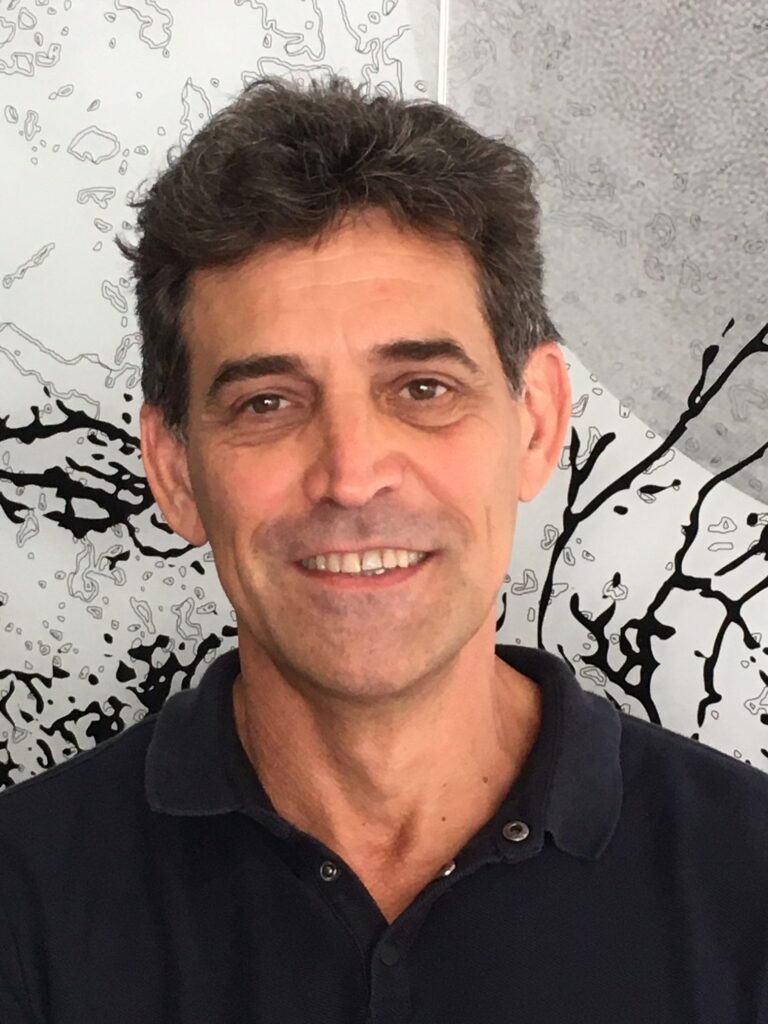Session: Trends in Oncology

Cancer is the second leading cause of death globally, and is responsible for approximately 10 million deaths annually. ESMED hopes to reduce the burden of cancer by helping to shape healthcare policy in three key areas: Prevention strategies, Early detection, and Treatment.
Chaired by Borje S. Andersson, M.D., Ph.D., MD Anderson Cancer Center
Presentations:

Max Parkin, Nuffield Department of Population Health, University of Oxford

Phenotypic and genomic heterogeneity in advanced prostate cancer
Michael Haffner, Fred Hutchinson Cancer Research Center
Dr. Michael Haffner is a physician-scientist who specializes in genitourinary cancers. As a pathologist, he diagnoses patients’ tumors. As a research scientist, he studies the cellular changes that allow tumor cells, particularly prostate tumor cells, to metastasize, or spread through the body. Dr. Haffner focuses on the cytoskeleton, the protein network that gives cells their shape and size and is involved in nearly every cellular process, from division to movement. The shape and size of cancer cells often differs from normal cells and these changes may be due to changes in how cells build and organize their cytoskeletons. But how cytoskeletal changes may promote tumor progression, including metastasis, remain unclear. Through understanding the connection between the cytoskeleton and cancer, Dr. Haffner aims to identify new targets for future therapies designed to halt advanced prostate cancer.

Is it time to lower the recommended screening age for colorectal cancer? Perspective 10 Years Later
Robert Bennett, University of South Florida

Deubiquitinating enzymes as novel therapeutic targets in melanoma
Marcel Deckert, INSERM
Our laboratory is interested in the crosstalk between cancer cells and their stroma within the lymph node microenvironment in two tumor models, melanoma, an aggressive clinical form of skin cancers and lymphoma. The lymph node is the first locus of expansion for invasive melanoma cells and one of the natural niches of malignant B-cells.

Stanley Pounds, St. Jude Children’s Research Hospital
I develop statistical methods for various problems that arise in cancer genomics research. Currently, my primary interests are in developing methods to integrate multiple pharmacologic and clinical endpoints with multiple forms of genomic data. I am also interested in developing methods to identify genomic alterations that are biologically and clinically relevant.



